A House hearing about how #NASA is dealing with the threat posed by asteroid impacts turned into a discussion about a very different threat: the impact of proposed NASA budget cuts.
The focus of the May 15 hearing by the House Science Committee’s space subcommittee was on NASA’s efforts to discover and track potentially hazardous asteroids, as well as measures to prevent any possible impacts, collectively known as planetary defense.
NASA requested $276.6 million for planetary defense in its fiscal year 2025 budget proposal, a little more than 1% of the agency’s overall budget. Most of that money would go towards the Near Earth Object (NEO) Surveyor mission, an infrared space telescope designed to more effectively search for asteroids than ground-based telescopes.
While NASA’s investment in planetary defense is modest relative to the overall agency budget, that activity has a high profile that was further raised earlier this year when an asteroid, 2024 YR4, briefly had more than a 3% chance of colliding with the Earth in 2032. Subsequent observations of the asteroid’s orbit effectively ruled out any impact in 2032 or for the foreseeable future.
“Planetary defense is one of the most important objectives” of the agency, said Rep. Mike Haridopolos (R-Fla.), chairman of the subcommittee. He noted one recent survey by the Pew Research Center that found that planetary defense “was the highest priority of American citizens.”
There was little debate about NASA’s work in planetary defense at the hearing. Democratic members of the committee, though, used the hearing as an opportunity to ask the witnesses, including Nicky Fox, NASA associate administrator for science, about budget cuts facing NASA’s science program in the White House’s fiscal year 2026 budget proposal.
“This budget, if enacted, would strip away NASA’s storied leadership, disrupt decades of progress in U.S. space exploration and cripple the agency’s ability to pursue bold and ambitious goals going forward,” said Rep. Valerie Foushee (D-N.C.), ranking member of the subcommittee.
Rep. Zoe Lofgren (D-Calif.), ranking member of the full committee, noted that planetary defense requires NASA to cooperate with other agencies, from the National Science Foundation to the Federal Emergency Management Agency, who are also facing severe cuts in the proposed budget. “Will anyone be home to answer the call if a NEO were found to be on a trajectory headered towards to Earth?” she asked.
Members, though, got few additional details about the effect the proposed budget will have on NASA science. Fox said that she has received only the “skinny” budget framework released by the Office of Management and Budget May 2 that cut overall NASA spending by 24% from 2025 levels.
“We have not seen any details on the missions or any direction on the missions other than the Mars Sample Return program and Landsat Next,” she said. The skinny budget specifically called for canceling Mars Sample Return and restructuring Landsat Next, but did not mention any other science missions. “We await the full president’s budget so we can see the priorities and direction on which missions may be supported or not supported.”
That includes NEO Surveyor. At the hearing, Fox and Amy Mainzer, a professor at the University of California Los Angeles who leads the mission, noted that work on NEO Surveyor is going well, with the mission still scheduled to launch no later than June 2028 but potentially as soon as the fall of 2027.
“We have not seen the details of the budget yet” and how it might affect the mission, said Mainzer. “From my perspective, we do not know the impact yet.”
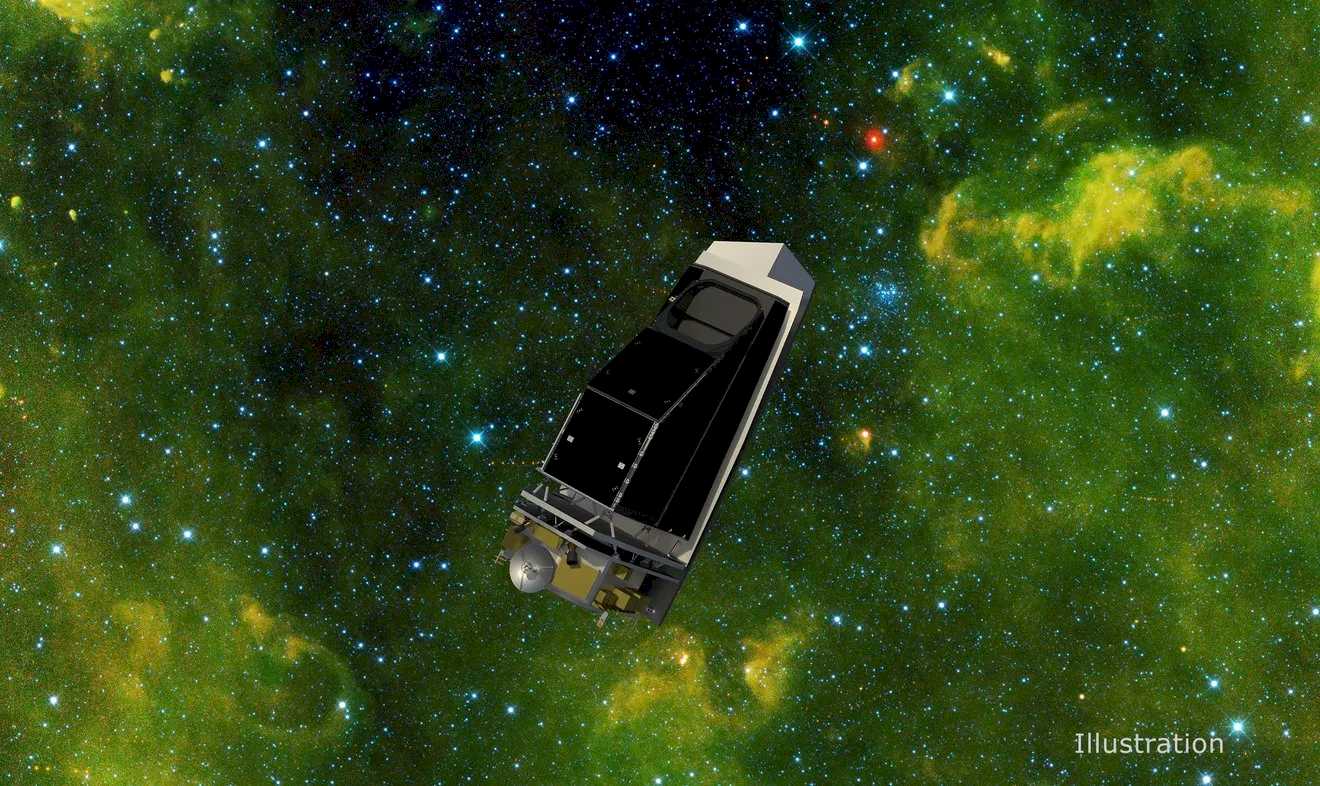

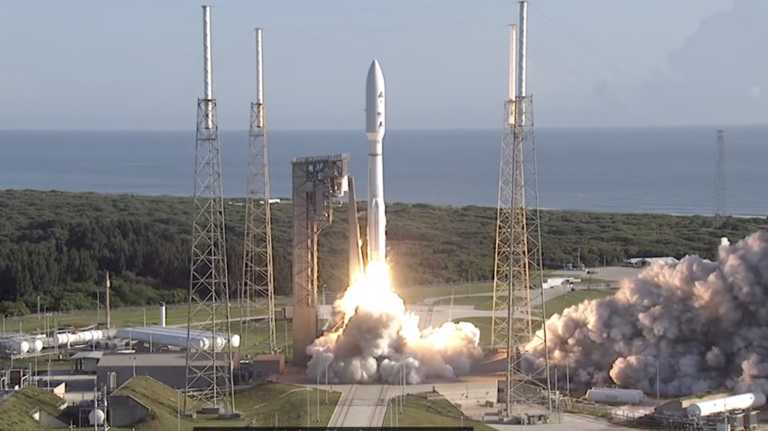




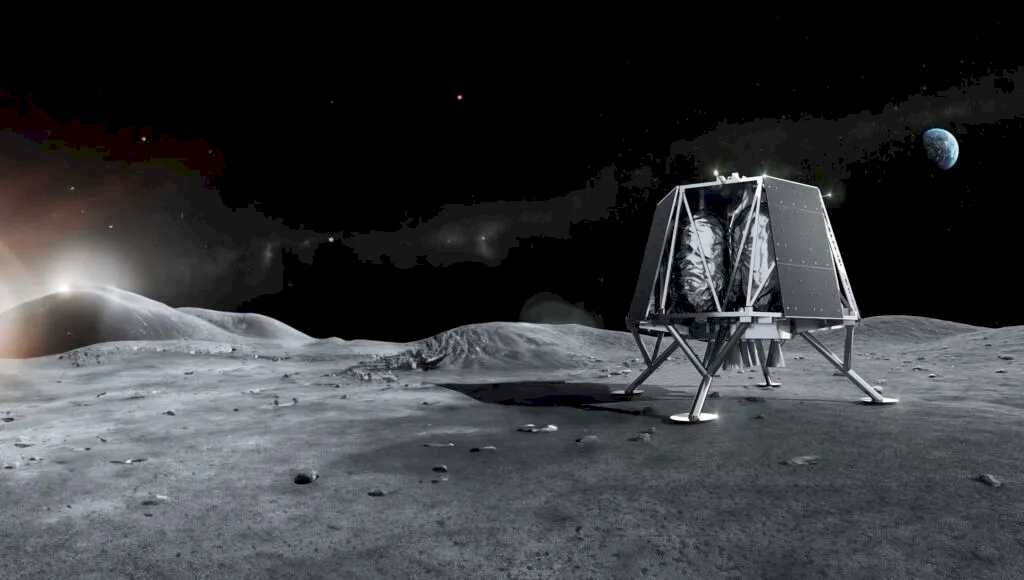


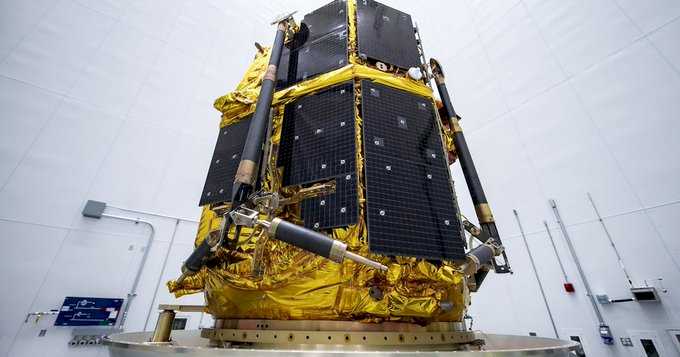
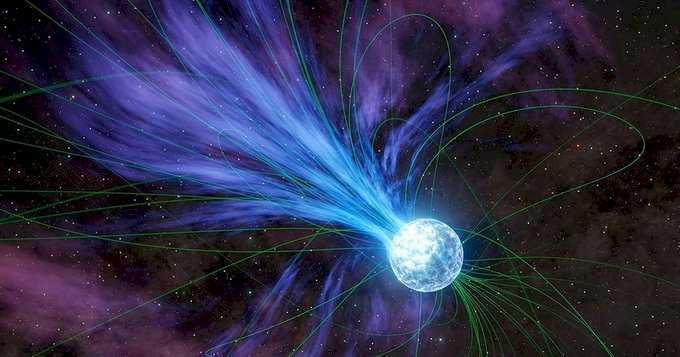



Space news on Umojja.com